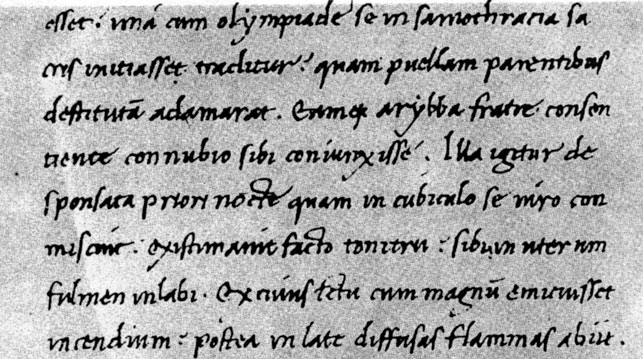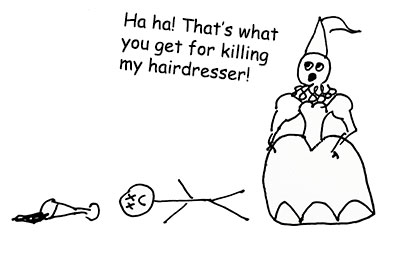
We’ve all been there. We’re writing along, solidly in the groove, when the Formatting Wall appears around a seemingly safe corner. Abruptly halting, you wonder: How the heck am I supposed to format this title?
Titles come in many shapes and sizes, but they all have rules for formatting that you master with just a little work. Italics, quotes, even plain text: they all apply in certain situations. How do you know which is which?
Italics
Use italics to set apart the title of a standalone work or a “container work”—that is, a work that has other, smaller works within it. Examples of titles that should be italicized include:
For example:
My brother insists that Fists of Fury is the best movie ever made.
Have you read the latest issue of Scottish Archaeology Journal? It’s riveting!
I know it’s not a popular opinion, but I think La Boheme, by Giacomo Puccini, is an overrated opera.
I can’t believe the TV show Supernatural is in its fourteenth season.
Get a free sample proofread and edit for your references.
Two professional proofreaders will proofread and edit your references.
Quotes
Use quotation marks to set apart the title of a subsidiary work or a work that is part of a bigger piece (one where the title of that bigger piece would be italicized). Examples of when to use quotes include:
For example:
Why do I have to read Hemingway’s “A Clean, Well-Lighted Place” in every English class?
I can’t get the tune to “Amazing Grace” out of my head.
Every time I think of William Carlos Williams, I get irritated. “This Is Just to Say” is a beautiful poem, but it reminds me of my terrible roommate.
And so you can easily demonstrate which is the work “inside” the other work with proper punctuation:
My favorite episode of Doctor Who is “Blink,” without a doubt.
I love everything by the Beatles, but I think “I Should Have Known Better” from A Hard Day’s Night is an underrated classic.
Modern Construction Envelopes is a very useful reference in general, but chapter 12, “Fabric Roofs,” is groundbreaking.
The highlight of the recent exhibition, Pin-Ups: Toulouse-Lautrec and the Art of Celebrity, had to be Steinlen’s “Cabaret du Chat Noir.” It was fascinating to see in person what I’ve seen on a wall in every undergraduate dorm across the country.
Exceptions
There are, of course, exceptions. A few types of publications and creative works stand a little apart from the general categories of “standalone/wrapper work” and “subsidiary work.”
For example, dissertations are typically standalone documents, but their titles go in quotation marks.
The best dissertation ever written is “The False Optic: Poisoned Fictional Objects in Renaissance Revenge Tragedies.”
 If a musical composition has both a formal name and a popular name, the formal name goes in italics, as usual, but the popular name goes in quotes after that. So you’d write:
If a musical composition has both a formal name and a popular name, the formal name goes in italics, as usual, but the popular name goes in quotes after that. So you’d write:
I’m always moved to tears by Dvorak’s Symphony No. 9 in E minor, “From the New World.”
How to Remember
A relatively easy way to remember these rules involves whether a work is “big” or “little.” If it’s a grand, sweeping thing that might contain other bits within it, like a book or journal, then use italics. If it’s a smaller thing that might itself be contained within something else, like a newspaper article or work of art in an exhibition, then it goes in quotes.
Oh, and don’t forget to capitalize those titles correctly, in addition to formatting them right.
Kate S.
Get a free sample proofread and edit for your references.
Two professional proofreaders will proofread and edit your references.
Get a free sample proofread and edit for your document.
Two professional proofreaders will proofread and edit your document.
We will get your free sample back in three to six hours!